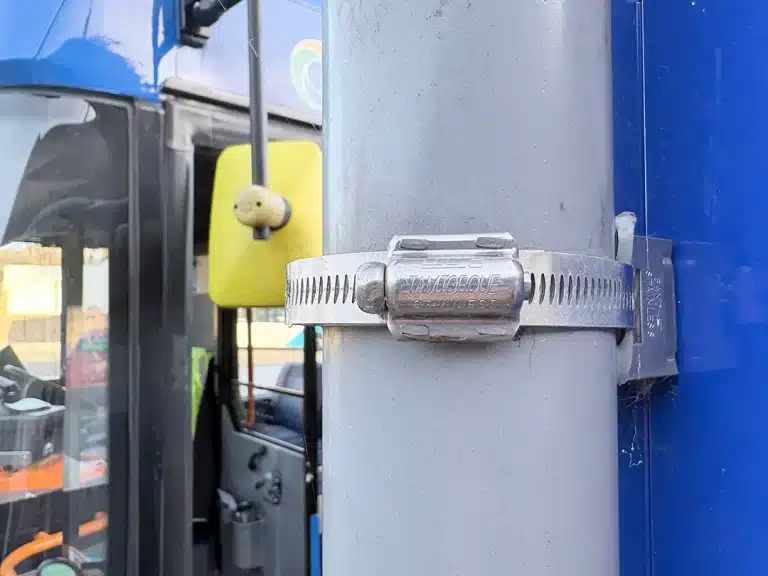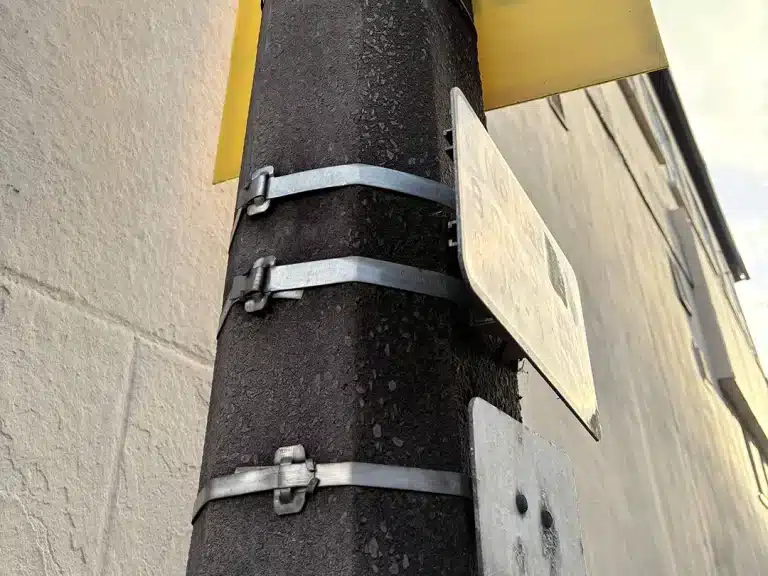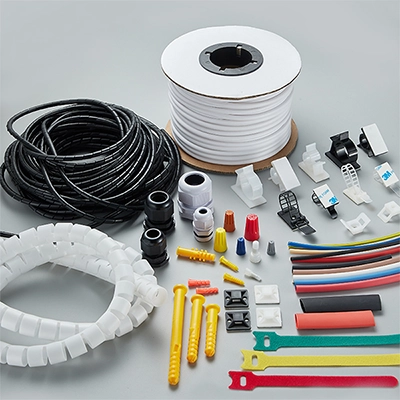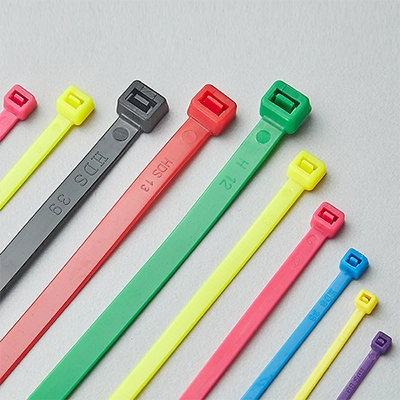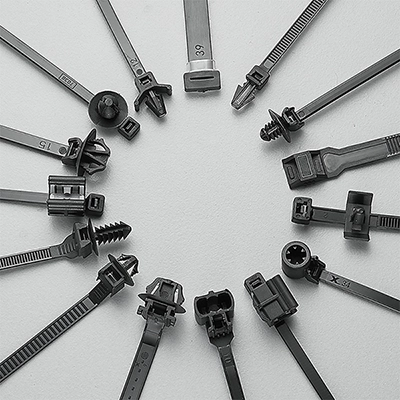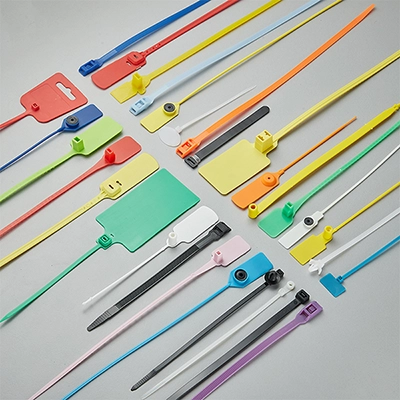How long do zip ties last? This simple question involves many factors, including the zip tie material, its usage environment, and its application. Unable to provide a mere numerical answer, we’ve decided to write it down and share it with you.
Zip Ties
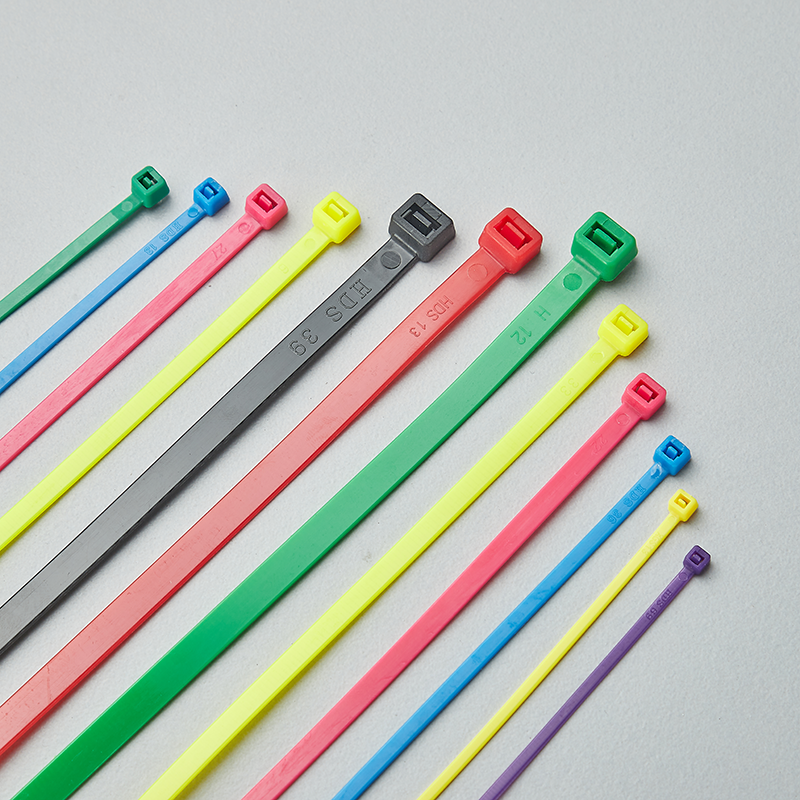
Zip ties, also known as cable ties or plastic ties, are a commonly used tool for bundling and securing wires, cables, or various objects. Typically made from nylon 6 or nylon 66, they exhibit excellent heat, chemical, and aging resistance.
To meet different needs, cable tie manufacturers have produced various functional types of cable ties, such as heat resistant cable ties, cold weather cable ties, UV-resistant cable ties, and heat stability zip ties. These specialized ties not only retain the fundamental advantages of standard zip ties but also offer additional properties needed under specific and demanding conditions.
How Long Do Zip Ties Last?
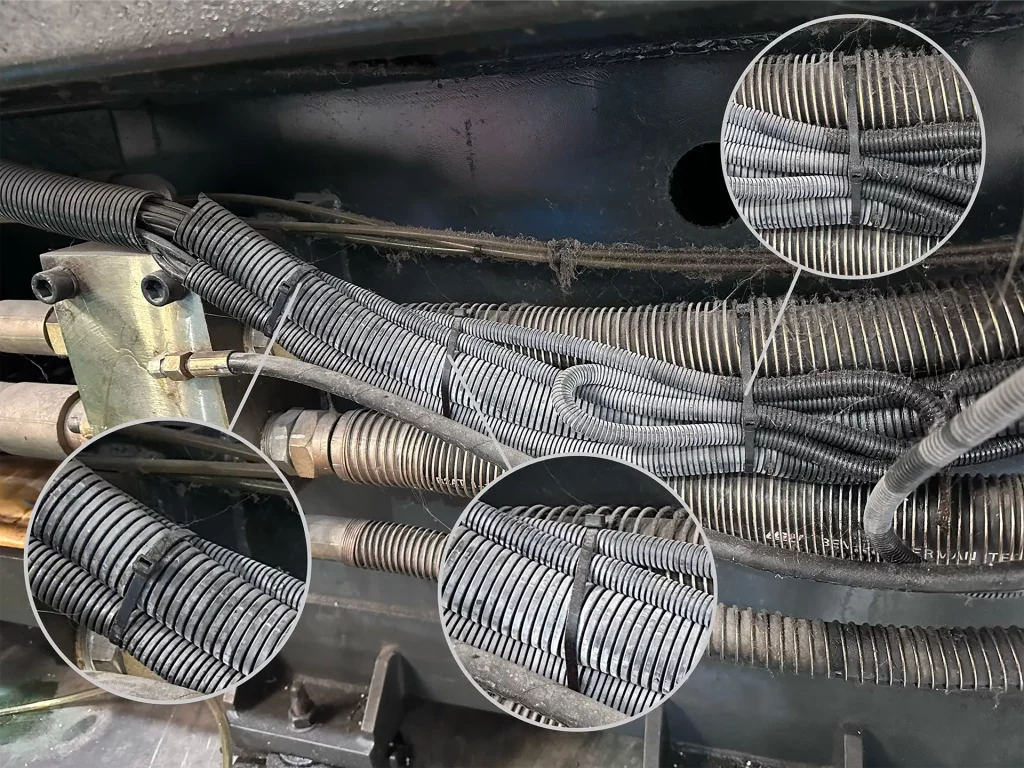
Ideally, the regular zip tie can last several years or even longer. For instance, high-quality zip ties used indoors, away from extreme temperatures or corrosive chemicals, can remain stable for many years. However, if you asked how long do zip ties last outside? their lifespan may significantly shorten to just 1-3 years when exposed to outdoor conditions, UV radiation, frequent mechanical stress, or chemicals.
Therefore, understanding how long zip ties last requires knowing the factors that affect how long a zip tie will last.
Factors Affect How Long a Zip Tie Will Last
Temperature
High-temperature impact: In high-temperature environments, the molecular structure stability of zip ties can change, leading to reduced stability. Continuous high temperatures can also cause thermal aging in nylon material, resulting in decreased strength, color changes, and increased brittleness.
Low-temperature impact: Under low-temperature conditions, nylon may become brittle and more prone to breaking. because it reduces the material’s flexibility, making it more susceptible to mechanical stress fractures.
Ultraviolet (UV) Radiation
Prolonged exposure to UV rays can cause photo-oxidation and thermal oxidation in nylon materials, leading to color fading, brittleness, and strength reduction. If you want to know more, we suggest the article “Why Your Nylon Cable Ties Turn Yellow“
Chemical Corrosion
Certain chemicals can react with nylon, altering the material’s properties. For instance, greases and some solvents can soften or expand nylon materials, affecting their structural stability.
Overloading
Using zip ties beyond their tensile strength can lead to overstretching or breaking, affecting their lifespan and safety.
Repeated Use
Zip ties are designed for one-time use. Although we could undo a zip tie without tools, each time a zip tie is tightened and undone, it may cause minor damage to the locking pawl and tie head, weakening the locking mechanism and reducing performance.
Cable Tie Brand and Quality
The quality of cable ties largely depends on the quality of raw materials and the professionalism of the manufacturing process. Different cable tie manufacturers may vary in the quality of materials, manufacturing processes, and quality control standards, which determine the quality of the cable ties. Therefore, choosing a professional and reliable cable tie manufacturer is crucial.
Conclusion
Aside from the above points, the lifespan of zip ties also depends on how they are used. For example, in some cases, zip ties might only be used for basic cable management or light bundling. Under such circumstances, even after several years of use, the zip ties are unlikely to suffer significant wear and tear. However, in more demanding applications, such as in high-temperature environments or when bearing heavy loads, zip ties are crucial for safety. In such instances, it’s prudent to check and replace them periodically before potential failure occurs, rather than relying on considering how long zip ties will last.
In summary, while the designed lifespan of zip ties might be long, they are, after all, plastic components. In critical applications, regular inspection and replacement of zip ties are essential maintenance strategies to ensure safety and efficiency.



